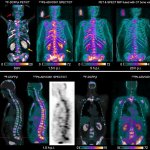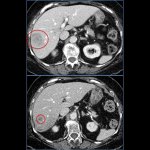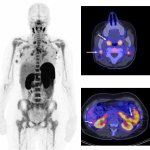
News • Lower dose, improve tolerability, retain efficacy
Prostate cancer therapy: benefits of therapy deescalation
Radiotherapy of prostate cancer often comes with side effects, causing some patients to discontinue treatment. New research shows the benefits of at lowering the dose over subsequent treatment cycles.


























